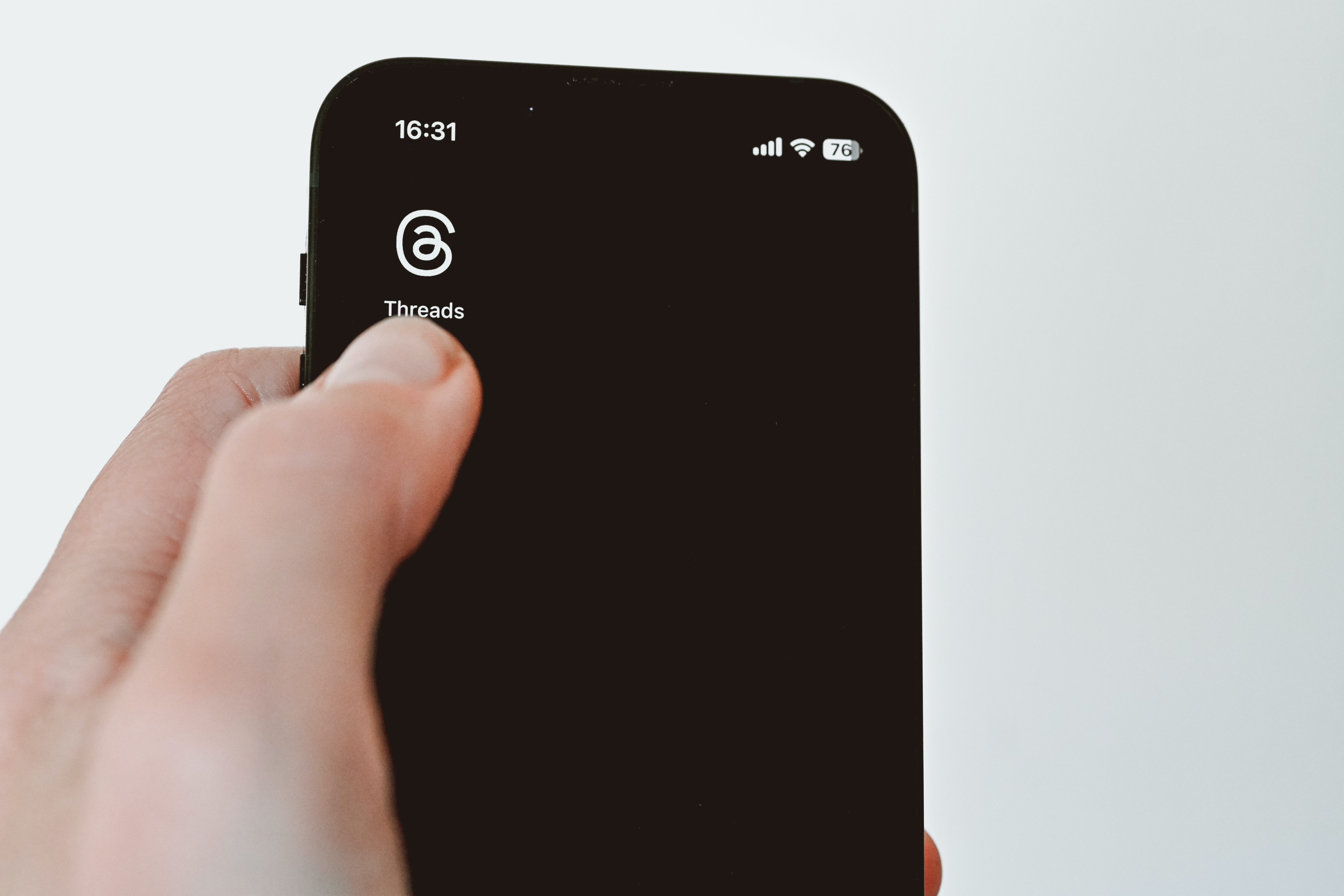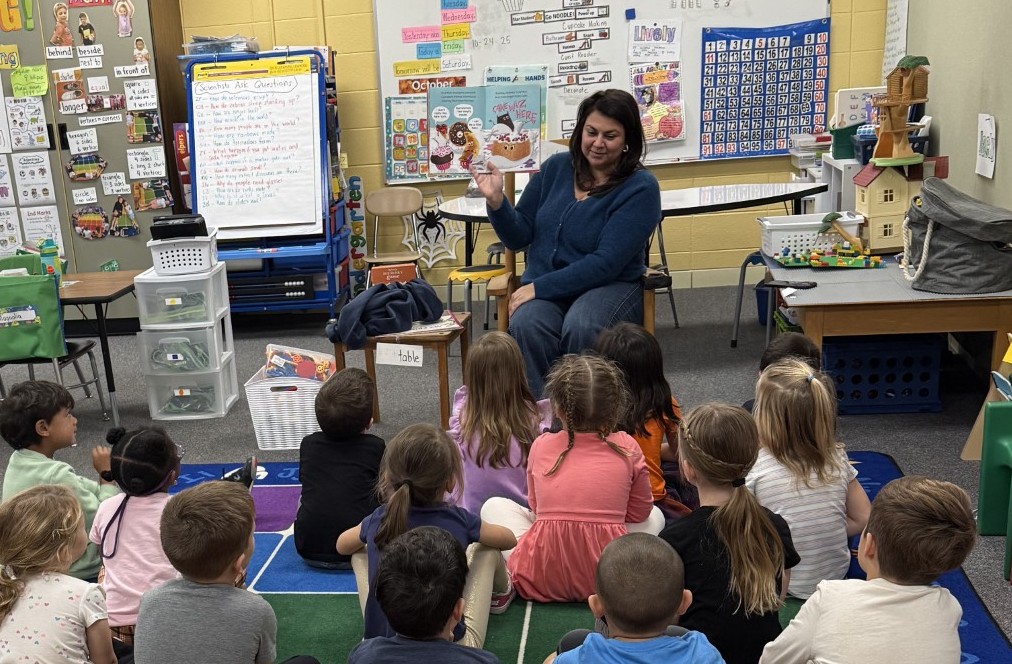What is Threads and What Are Educators Saying About It?
Meta’s new app, Threads, has been a major success but will educators move from Twitter?

To say that Threads, the new social media app from Meta, is off to a great start is something of an understatement.
Launched on July 5, it garnered more than 100 million users in only five days, easily outpacing ChatGPT as the fastest-growing app ever. This growth was fueled in part due to its ease of use with Instagram as you can automatically upload your Instagram profile and bio to Threads and follow everyone you follow on Instagram.
And much like ChatGPT, Threads has significant implications for educators.
Many teachers, professors, and school leaders -- myself included -- have been increasingly put off by the toxic and unstable turn Twitter has taken, which intensified after Elon Musk purchased the social media app at the end of 2022. However, I haven’t been able to find another text-based social media site with the same critical mass of journalists, educators, writers, and academics who share new research and off-the-cuff professional tips. It’s too early to say for sure, but Threads might just be the social media site that hastens the sinking ship Twitter has become.
However, there are already privacy concerns about Threads, which openly collects data on each user, including about browsing history, financial information, location, and contacts.
Will Educators Use Threads?
“We know that social media have been adopted by educators for various teaching and learning purposes, and Twitter has been one of the most widely used platforms,” says Christine Greenhow, an educational psychology professor at Michigan State University who studies social media use among teachers. “Historically, teachers have used Twitter for professional learning, networking, staying up to date on trends in the field, and finding and sharing resources, for example #EdChat. However, educators, and I include myself here, have grown increasingly frustrated with Twitter under its new leadership.”
Threads seems designed to provide users with a Twitter experience minus the toxicity that has soured the social media app for many. Threads is text-focused, allows users to reshare other posts, and for better or worse, just like Twitter, has no edit button. Once you click "post," you either delete it or live with the errors you’ve made -- at least for now.
Tools and ideas to transform education. Sign up below.
“Educators have been evacuating/looking to leave Twitter ever since Musk bought it, and probably before then, as they tend to get attacked on social media for various reasons,” says Carl Hooker, a K-12 education consultant, author, and presenter. “A few replacements have spun up as a result -- Mastodon, BlueSky, and now, Threads.”
He adds, “Out of those three platforms, I think Threads has the best chance of being a Twitter replacement. However, many who I've spoken to will continue to use Twitter for a while to come as there is a base of connections/followers on there that has built up since its inception in 2007. I've been personally slowly pulling away from Twitter for a while as many of the new algorithms and hate speech changes make it a tough landscape to navigate.”
What is Using Threads Like?
“I'm trying all three platforms and so far found Threads to be the easiest as it's essentially Instagram without the pictures,” Hooker says. “I'm also using K12Leaders for my education-only platform to share content, knowledge, and resources. It's much more than a streaming social media service, so its uses will be different than Threads.”
While Hooker appreciates Threads’ fast and easy-to-use interface, he suggests there are still some ways the site can be improved. “[The] timeline can get clogged with influencers unless you change your settings,” he says. “[It’s] similar to ‘old Twitter’ circa pre-2016, when you filter out all the noise.”
In addition, using Threads myself, I haven’t yet noticed the kinds of academic- and journalism-focused threads and conversations that used to be my favorite part of Twitter.
Greenhow also hasn’t noticed these conversations migrating to Threads yet. “I think whether researchers switch over to Threads will depend on whether other institutions and organizations that researchers care about, and typically connected with on Twitter, move to Threads – educational institutions, funders, journalists/the media, publishers, etc.,” she says.
One current holdup might be Threads’ limited availability globally. The app is not currently accessible in many countries, including those in the European Union, because of issues Meta is having with EU data privacy laws. “Researchers network with scholars around the world,” Greenhow says.
Another barrier is that Threads doesn't currently allow users to search the app either by hashtag or term, so it is currently hard for users to congregate around any specific topic.
Either way, many of the journalists and academics I follow on Twitter have created profiles on Threads, so I believe it is only a matter of time before academic and journalism Twitter moves to Threads, but we’ll have to see.
What Might The Future Hold?
Greenhow believes Threads’ connection to Instagram might make the platform particularly attractive to educators.
“According to recent surveys, Instagram is more widely used by educators today than is Twitter,” she says. “The majority of young people especially – who makeup or will make up new teachers – are already on Instagram,” she says.
John Roche, a professor in the Department of Creative and Professional Writing at Western Connecticut State University, left Twitter after Musk’s takeover and is cautiously intrigued by Threads. “I think we're all curious as to what Threads can offer,” he says. “Will it provide information, entertainment, and engagement in some way that Twitter and other social media did not or could not? Or is Threads a new flavor of the same old, same old?”
He adds, “I think an inherent paradox of this era of spending so much of our time on screens is that we're losing true connection due to the dynamic of social media, yet we turn to social media to satisfy our increasing craving for connection.”
Either way, Roche says, there’s another reason educators may want to at least familiarize themselves with Threads: their students are sure to use it.
"I'm sure it will come up in class discussion early on in the upcoming Fall semester," he says.
Erik Ofgang is a Tech & Learning contributor. A journalist, author and educator, his work has appeared in The New York Times, the Washington Post, the Smithsonian, The Atlantic, and Associated Press. He currently teaches at Western Connecticut State University’s MFA program. While a staff writer at Connecticut Magazine he won a Society of Professional Journalism Award for his education reporting. He is interested in how humans learn and how technology can make that more effective.

